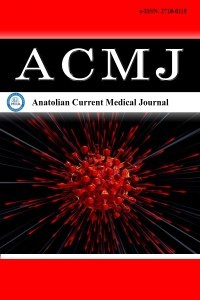1.
Karna B, Sankari A, Tatikonda G. Sleep Disorder. In:StatPearls. Treasure Island (FL): StatPearls Publishing; June 11, 2023.
2.
Sateia MJ. International classification of sleep disorders-third edition: highlights and modifications. Chest. 2014;146(5):1387-1394. doi: 10.1378/chest.14-0970
3.
Jordan AS, McSharry DG, Malhotra A. Adult obstructive sleep apnoea. Lancet. 2014;383(9918):736-747. doi: 10.1016/S0140-6736(13)60734-5
4.
Martinovic D, Tokic D, Puizina-Mladinic E, et al. Oromaxillofacial surgery: both a treatment and a possible cause of obstructive sleep apnea-a narrative review. Life. 2023;13(1):142. doi: 10.3390/life13010142
5.
Khan A, Ramar K, Maddirala S, Friedman O, Pallanch JF, Olson EJ. Uvulopalatopharyngoplasty in the management of obstructive sleep apnea: the mayo clinic experience. Mayo Clin Proc. 2009;84(9):795-800. doi: 10.4065/84.9.795
6.
Kapur VK, Auckley DH, Chowdhuri S, et al. Clinical practice guideline for diagnostic testing for adult obstructive sleep apnea: an American Academy of Sleep Medicine clinical practice guideline. J Clin Sleep Med. 13(3):479-504. doi: 10.5664/jcsm.6506
7.
Eckert DJ, White DP, Jordan AS, Malhotra A, Wellman A. Defining phenotypic causes of obstructive sleep apnea. Identification of novel therapeutic targets. Am J Respir Crit Care Med. 2013;188(8):996-1004. doi: 10.1164/rccm.201303-0448OC
8.
Owens RL, Edwards BA, Eckert DJ, et al. An integrative model of physiological traits can be used to predict obstructive sleep apnea and response to non positive airway pressure therapy. Sleep. 2015;38(6):961-970. doi: 10.5665/sleep.4750
9.
Chang JL, Goldberg AN, Alt JA, et al. International consensus statement on obstructive sleep apnea. Int Forum Allergy Rhinol. 2023;13(7):1061-1482. doi: 10.1002/alr.23079
10.
Olszewska E, De Vito A, Baptista P, et al. Consensus statements among European Sleep Surgery Experts on snoring and obstructive sleep apnea: part 1 definitions and diagnosis. J Clin Med. 2024;13(2):502. doi: 10.3390/jcm13020502
11.
Neelapu BC, Kharbanda OP, Sardana HK, et al. Craniofacial and upper airway morphology in adult obstructive sleep apnea patients: a systematic review and meta-analysis of cephalometric studies. Sleep Med Rev. 2017;31:79-90. doi: 10.1016/j.smrv.2016.01.007
12.
Thuler E, Rabelo FAW, Yui M, Tominaga Q, dos Santos V, Arap SS. Correlation between the transverse dimension of the maxilla, upper airway obstructive site, and OSA severity. J Clin Sleep Med. 2021;17(7):1465-1473. doi: 10.5664/jcsm.9226

